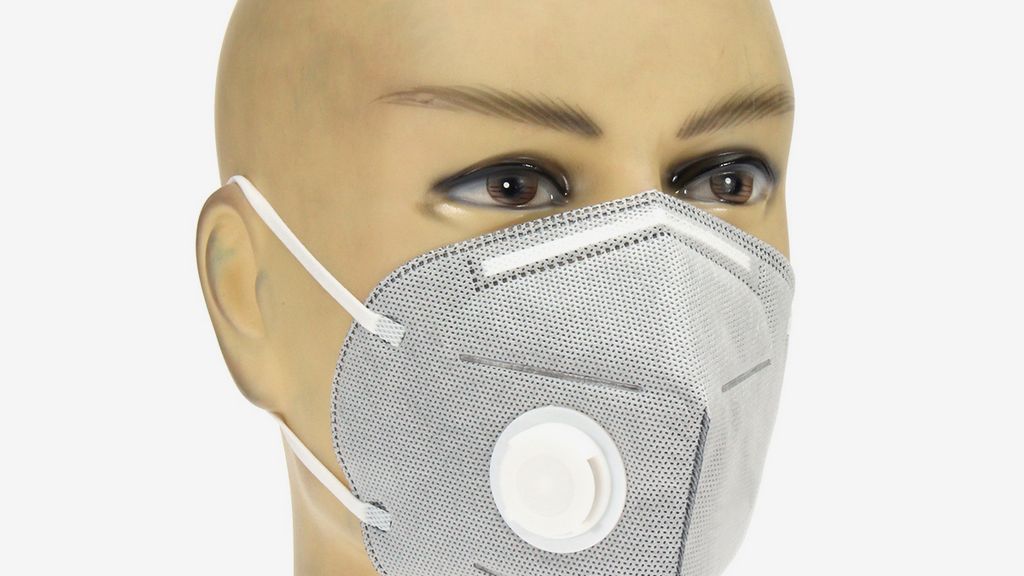
Copyright © 2020 EUROLAB Laboratory Inc. All rights reserved.

The EN 146 standard describes the minimum requirements and test methods for reinforced filter devices with filters used with a gas helmet or hood for respiratory protection. Devices designed for use in environments with less than 17 percent oxygen are not covered by this standard. In addition, respiratory protective devices designed for escape purposes are not covered by this standard.

In our country, this standard is determined by the Turkish Standards Institute (TSE). It was published as the EN 146 standard, but later canceled and replaced by the following standard: EN 12941 Respiratory protective devices - Reinforced filter devices used with helmets or hoods - Properties, testing and marking.
There are generally two types of respiratory protective equipment commonly used for work environments: filtering devices or breathing apparatus. There are many types of masks, such as dust masks, half mask respirators, full face mask respirators and powered (fan assisted) respirators. These use filters to remove pollutants from the working air.
Choosing the appropriate respiratory protective equipment for the task is one of the most important steps. It is necessary to choose the right respiratory protective equipment, to test, use, store and protect it. Use of improper respiratory protective equipment potentially leads to death, for example in areas with low oxygen concentrations or confined spaces.
There are four distinct areas to consider when selecting respiratory protective equipment: equipment factors, work environment factors, task-related factors, and individual factors. Particle filters are of three groups: P1 (low efficiency filters), P2 (medium efficiency filters) and P3 (high efficiency filters). Decisions on the types of respiratory protective equipment to be used in an event or emergency should be based on the worst case estimate of the level and type of risk and the possible concentration of a hazardous substance.
With the experience gained over many years, our organization also provides testing services for EN 146 Respiratory protective devices - Electrically operated particle filtering devices used with helmets or helmets, within the framework of laboratory services of the materials with a trained and expert staff, to the enterprises that demand
To get an appointment, to get more detailed information or to request an evaluation, you can ask us to fill in our form and reach you.